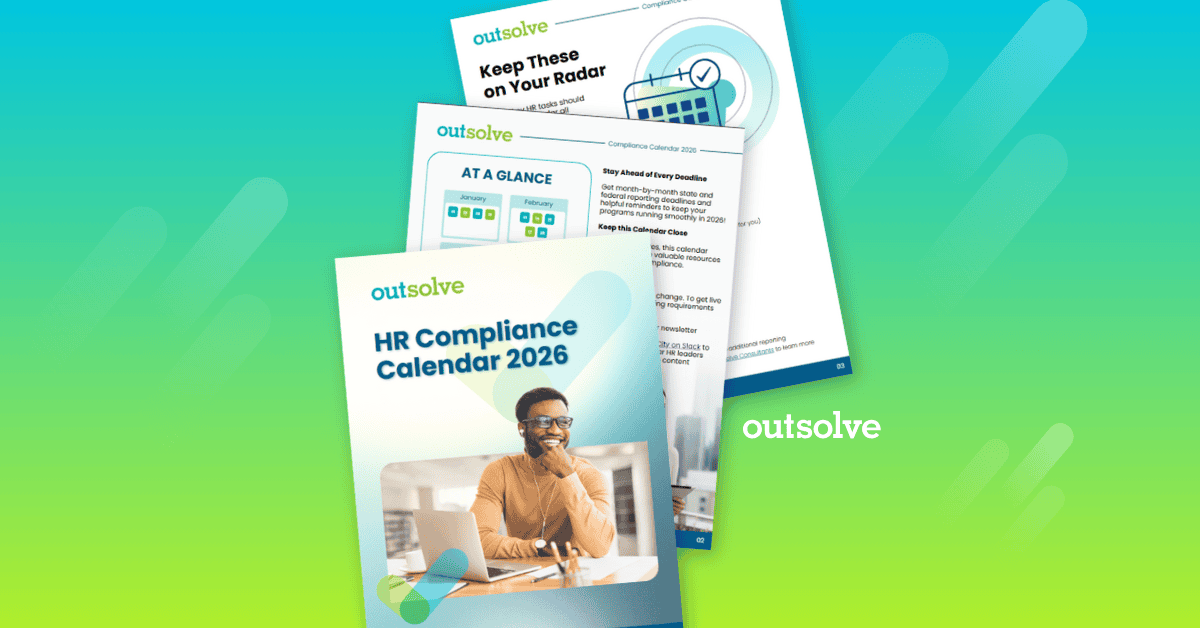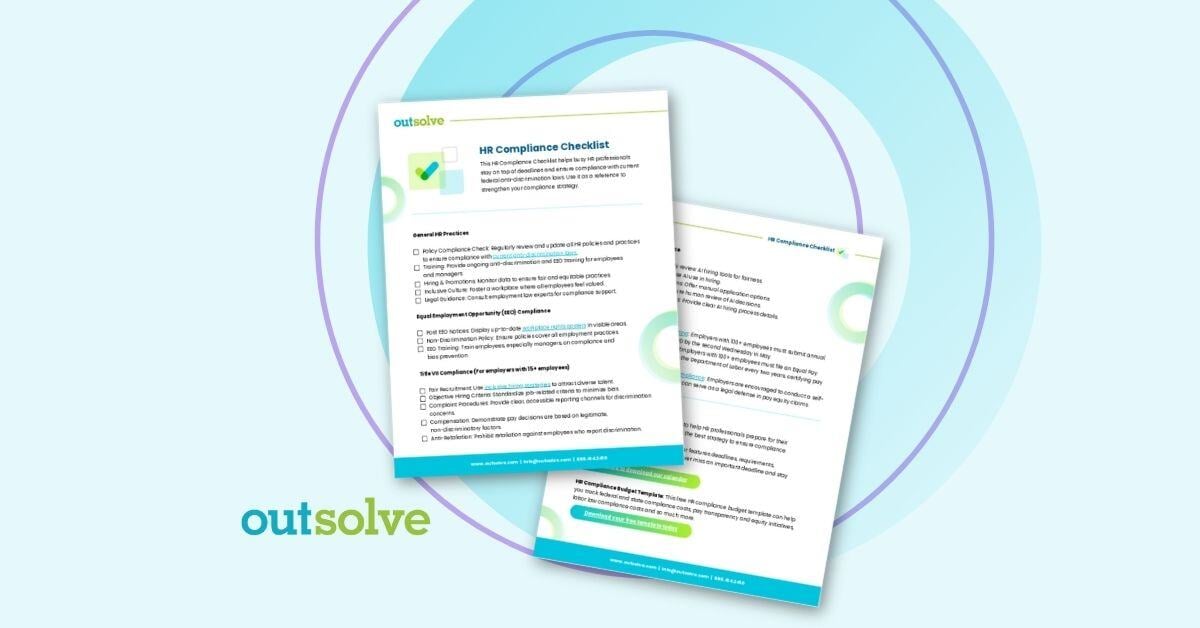
If you’re an employer in Indiana, chances are you’re very familiar with the Indiana New Hire Report, but do you fully understand the why behind the report and what it means for your business? No matter where you are in this process, we’ve got you covered. In this article, we’ll break down why this report exists, who must file, what needs to be reported, and how to stay compliant with the most recent updates.
We are going to break down the top things you need to know about the why and how of this mandatory report. You will learn:
- Why the Indiana New Hire Report Exists and who it affects
- What information you need to report and how to do it
- The penalties for non-compliance and how to avoid them
What Is the Indiana New Hire Report?
Any employer in Indiana with a Federal Employer Identification Number (FEIN) is required to submit a new hire report when they hire a new employee. This report was created to make the child support process easier and more streamlined. By submitting your new hire data, the state can quickly locate parents who owe child support to help establish child support orders.
This report was also put in place to prevent fraud in welfare, workers’ compensation, and unemployment insurance. By submitting this report, you are helping the state keep these systems in check.
Who Must File and When?
The short answer: if you hire people in Indiana, you must report them.
Let’s break down who is required to submit these new hire reports:
- Any employer in Indiana with a FEIN
- Includes labor unions and temp agencies
- Includes seasonal workers, teachers, domestic employees (if paid over $1,000 quarterly)
The real question here is: How often do you need to submit this? The answer is simple. You need to report within 20 days of hiring a new employee or rehiring someone after 60 days or more. This can get complicated if you have high volume hiring.
Indiana recommends that employers submit two files per month if you have high volume hiring. These reports must be at least 12-16 days apart to ensure all employees are reported within the 20-day timeframe. If you have not hired anyone since your last report, you do not need to submit anything.
If you had an employee who worked 4 hours and then quit, you are still required to submit their information on your report. Anyone who filled out a W-4 must be included!
What Information Must Be Reported and What’s Changed
When it comes to submitting your new hire report, knowing exactly what information you need is half the battle. Here’s a quick guide:
- Required Employer Information:
- Employer's Federal Employer Identification Number (FEIN). If you have more than one FEIN, please make certain you use the same FEIN you use to report your quarterly wage information when reporting new hires.
- Employer's Name
- Employer's Payroll Processing Address
- Required Employee Information:
- Employee's Name
- Employee's Mailing Address
- Employee's Social Security Number (SSN)
- Employee's Date of Hire
- Employee's Job Title
- Employee's Standard Occupational Classification (SOC)
- Employee's Starting Salary
- Employee's Rate of Pay
There are some optional fields you can choose to submit as well. As of July 1, 2025, reports must be submitted electronically. There are several methods to choose from including online forms, file uploads, and secure file transfer protocols. This electronic format isn’t just about saving trees; it’s also designed to reduce errors and prevent your records from being rejected.
Why Compliance Matters and Mistakes to Avoid
If you are a multi-state employer, figuring out to which state to report your employees can be a challenge. Refer to Indiana’s Multistate Reporting information to determine where your employees should be reported.
Employers who have more than one FEIN need to make sure they are reporting employees correctly under each FEIN. If your employee falls under one FEIN, they should be reported under that one.
Non-compliance with this requirement can result in fines up to $25 per violation. If it is determined that the employer and employee conspired to not report the employee, the penalty can be up to $500 per newly hired employee.
What the Indiana New Hire Report Means for Your Organization
If you’re a business owner, the Indiana New Hire Report is something you don’t want to ignore. Compliance is important, and staying on top of the latest updates ensures you avoid penalties and keep things running smoothly.
The Good News
OutSolve is developing a streamlined solution to take the pain out of the reporting process. To keep an eye out for updates and stay ahead of regulatory changes, subscribe to our HR Gumbo City community and the OutSolve newsletter.
Founded in 1998, OutSolve has evolved into a premier compliance-driven HR advisory firm, leveraging deep expertise to simplify complex regulatory landscapes for businesses of all sizes. With a comprehensive suite of solutions encompassing HR compliance, workforce analytics, and risk mitigation consulting, OutSolve empowers organizations to navigate the intricate world of employment regulations with confidence.
Weekly OutLook
Featured Posts

New Year, New Deadlines: 2026 HR Compliance Calendar

outRageous HR: Plan Now or Pay Later
Related Posts

Refreshing Your I-9 Tools and Process to Stay Compliant
Form I-9 is a federal requirement that carries real consequences if handled improperly. With increased scrutiny on immigration by the current...
.png)
New Year, New Risk: Why Federal Contractors Can’t Hit Snooze
Lean in to disciplined, data‑driven compliance

An HR Year in Review: Key Updates in 2025
The unpredictability of 2025 has been an uphill trek for HR teams across the U.S. This year brought substantive employment compliance changes to...

